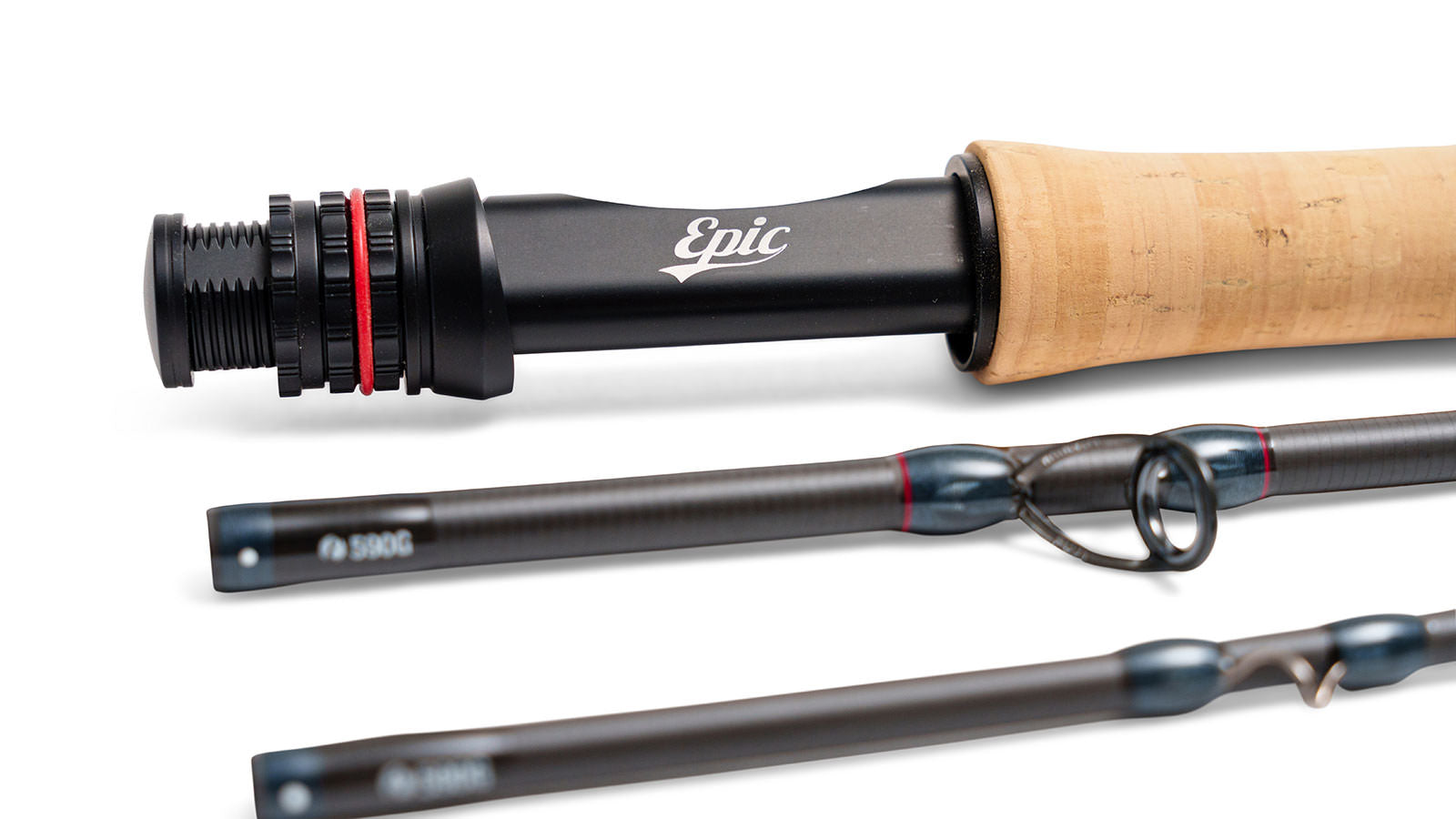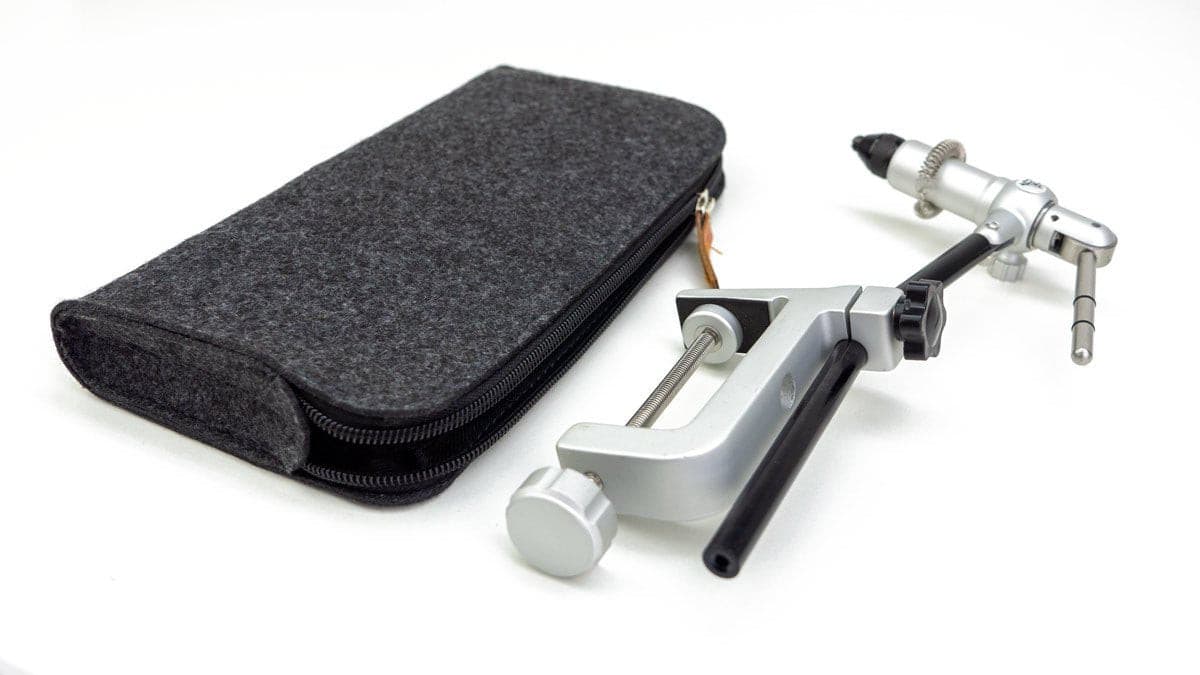
Sort these three fly casting skills out in order to be on top of your game.
It has been quite noticeable over 25 years of guiding that fly fishers rarely practice their casting techniques from one year to the next, often leaving any practice to only when they fish. Fortunately, I am heartened to say, that is gradually changing among many of my clients. Practice can clearly reduce frustration “in the field” and undoubtedly increases success and hence personal satisfaction.
Here in NZ while we enjoy a deserved reputation of being an “anglers’ paradise” the combination of large wary wild fish in clear water pose the ultimate fly fishing challenge in trying to catch them
Recently, I was asked what I would consider to be the three main essentials for a visiting fly fisher to be aware of in order to maximise their fly fishing success.
1/ CASTING ACCURACY
Given the distinct characteristics of large wary wild fish in abundant clear water then it makes obvious sense that the accuracy of the very first cast is of prime importance. There is a saying among many guides that after the first presentation to a fish the chances of that fish being hooked diminish by 50% on each subsequent cast. While that may seem a little extreme, and there are certainly many noted exceptions, most would recognise the critical importance of getting that fist cast “in the zone” straight away.
To improve the whole ”hand/eye/fly rod tip co-ordination” it is essential to have some form of visual target to cast to when we practice.

2/ CASTING INTO THE WIND
It seems that the vast majority of rivers that I guide on in the south island roughly flow from north to south. Given that the most common prevailing wind is the dreaded “nor’ wester”, in order to fish upstream, we have to learn to cast into it.
What has been clear to me is that, many, if not most fly casters, struggle with casting in to a head wind.
Some quick tips
- Tip the casting arc forward - In an overhead cast simply adjust the positioning of the casting arc– ie “finish the back cast too early and put the power in too late on the forward cast”. What this effectively does is tilt the Straight Line Path [down in the front and up in the back] and conveniently delays the loop formation until the end of the forward stroke and thereby reduces the effect of wind on the loop. {An additional benefit of this technique is that it also reduces the temptation to put the power in too early in the forward stroke by physically reducing the room in the back cast}
- Increase the line speed when casting into a headwind. While the correct execution of a double haul is clearly a useful technique to increase line speed it is by no means “the magic bullet”. Indeed, a poorly executed double haul will do much to hinder casting in to a wind. For many I believe it would be better to focus on increasing line speed at the critical times within the casting stroke. Indeed with regards to casting into the wind, it is often easier to teach a complete beginner with no “developed muscle memory” and no idea of what constitutes a double haul!!
- Avoid casting very long lines – they’re invariably harder to turn over, they reduce accuracy, they increase the likelihood of drag, they spook fish and they reduce hook ups!! Why on earth would you want to cast long?!!
- Avoid shooting line. Where possible, “use your legs” to get closer to the target!
- Tight loops afford us control. The focus of nearly all casting improvement should be to consistently throw tight loops in all conditions. After all, the wind is the most brutal and unforgiving of loop analysers!!!

3/ THE REACH CAST
Probably the simplest and yet most overlooked presentation cast is the simple “reach cast”. In essence, the simplest explanation is “the repositioning of the rod tip immediately after the loop formation and prior to the line hitting the water”. This invariably entails “slipping slack line” through the non casting hand. It is unequivocally the most effective presentation cast on most of our rivers and, executed properly, enables more controlled and longer “drag free drifts” than other more involved presentation techniques. It is worthy to note that a reach cast serves as an essential tool in optimising presentation effectiveness in still waters too.
Practising these three fundamentals is all very achievable on grass. While there will never be a substitute for the “real experience” in front of wild wary trout any time spent practicing is an investment in success when we finally can get to the river.
Funny, an odd observation over the years has been, the more people practice their casting the luckier they seem to get!!
Keep at it!!
 Ian Cole is the real deal. He has extensively guided over the lower half of the South Island since 1992. Starting fly fishing at the tender age of 13 he has amassed 45 years of fly-fishing experience.
Ian Cole is the real deal. He has extensively guided over the lower half of the South Island since 1992. Starting fly fishing at the tender age of 13 he has amassed 45 years of fly-fishing experience.
Ian is a Certified IFFF Fly Casting Instructor and IFFF Guides Association Member. Ian has made an outstanding contribution to New Zealand Fish and Game as a long standing council representative & active conservationist.
http://www.fly-fishing-guide-wanaka-new-zealand.co.nz

































